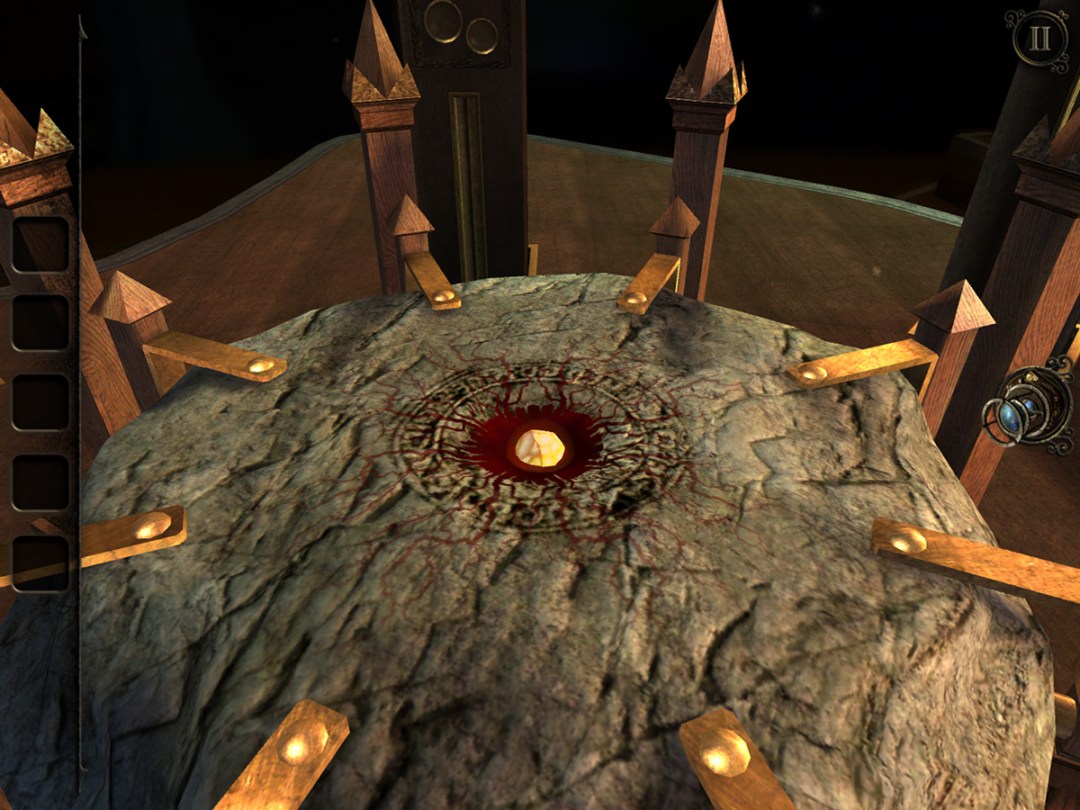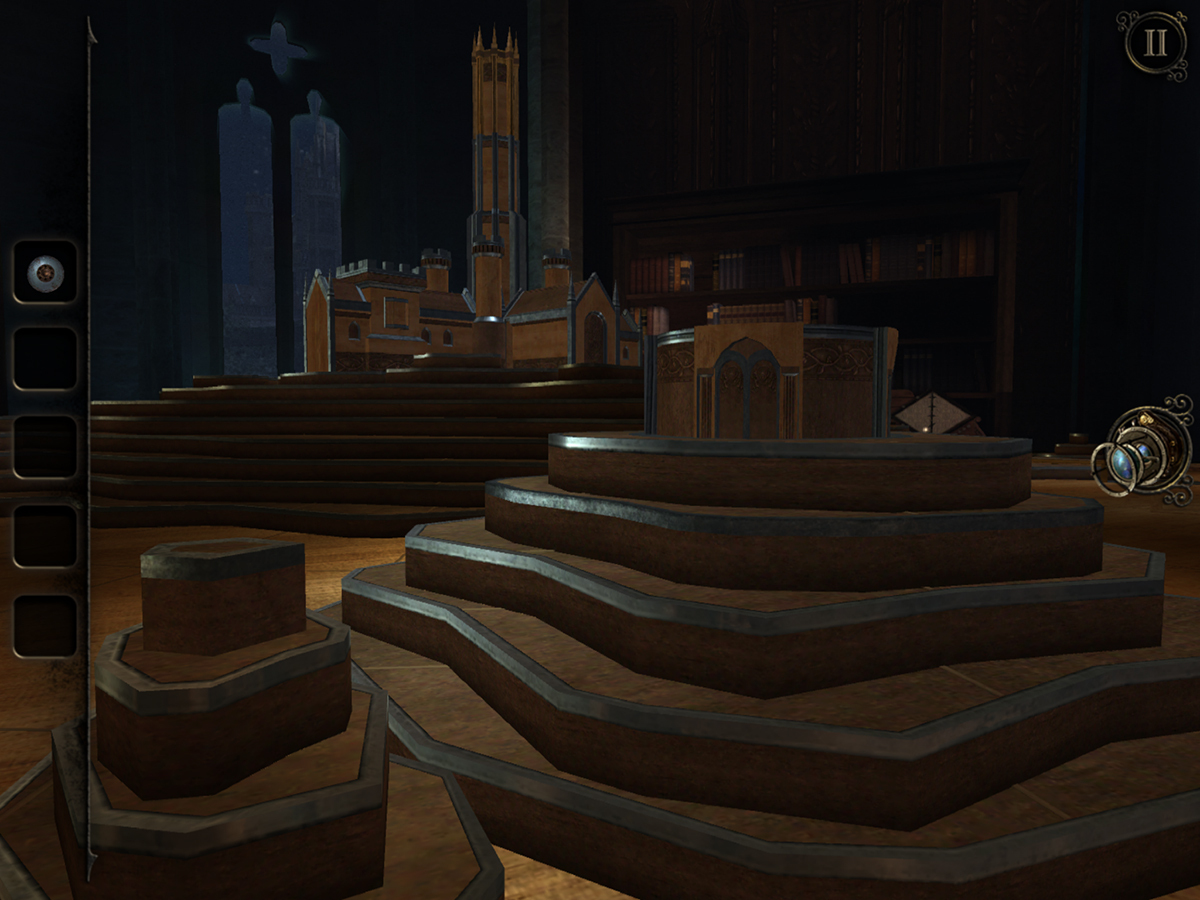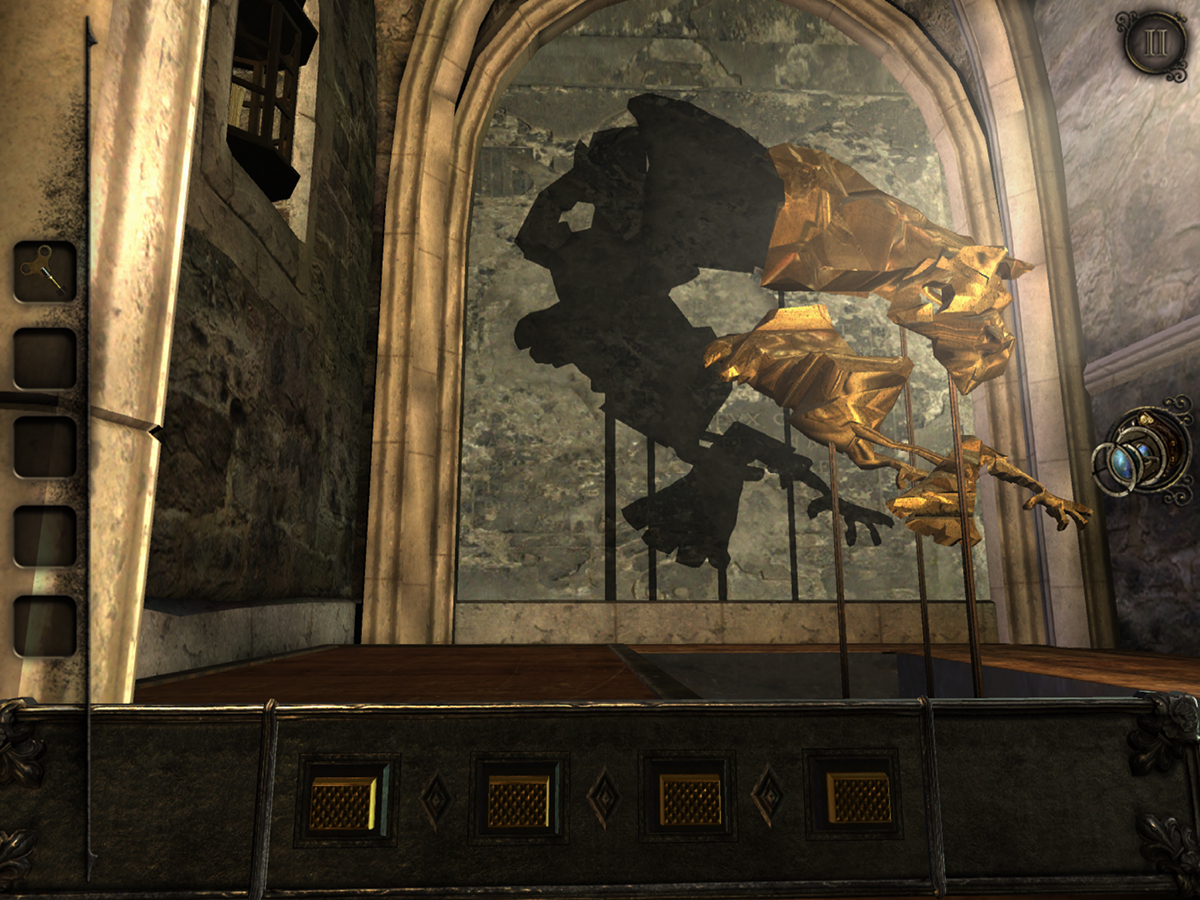App of the week: The Room Three review
This third entry in this superb mobile puzzle series is smarter, and, yes, roomier

The Room Three doesn’t hang around. It begins with you in a train carriage, you blast through a tunnel, and a ghostly apparition appears in the seat opposite. Spooked and momentarily distracted, you suddenly notice a box sitting before you — and get a distinct sense of deja vu.
After all, The Room series is all about boxes — boxes that reveal further boxes as you unlock their secrets through a mix of experimentation, exploration and smarts. It’s tactile and mysterious, with you flicking switches, turning screws, sliding open drawers, and never knowing quite what you’ll find — or what’s going on.
The twist in the original was what seemed like your final triumph unexpectedly propelled you into a Lovecraftian horror. The sequel then found you transported through time and space, unlocking ‘boxes’ in the form of varied puzzles within deserted surroundings, such as a creaking ancient boat, and the location of a seance gone very badly wrong.
Bigger is definitely better

The Room Three continues to subtly expand the scope of the touchscreen horror puzzler. Post spooky train journey, you find yourself in a dungeon, with a note from the mysterious Craftsman. He wants you as his apprentice, unless you’re not deemed worthy, in which case he’ll leave you to rot among the absurdly elaborate puzzle-based contraptions he’s fashioned.
Some swiping, mulling and a touch of lateral thinking later, you’ll be free, only to find yourself trapped in the game’s hub — a central room from which you solve puzzles that create doorways to other locations, such as a clocktower and library. Within each: more puzzles; more weirdness; more passive-aggressive notes from the Craftsman. You want to escape, but must play his game, working methodically through each room’s twists, turns and horrors.
There’s more than a hint of Myst here. Even though The Room Three now sometimes has you move between several rooms to deal with a single set of puzzles, everything remains on rails. This feels dreamlike rather than restrictive; taps and pinches move and zoom you about elegantly, enabling you to concentrate on escaping your creepy confines. The game look superb, boasting a moody, lived-in world; the audio is standout too — all grumbling background audio punctuated by echoing footsteps, scurrying rodents, and ghostly murmuring voices.
King of calendars › App of the week: Fantastical review
Brain strain

One change from the previous two games is found in your eyepiece. Previously, this merely showed you the ‘real universe’ (in other words, hidden puzzles), but now also shrinks you down to fit inside tiny locations within puzzles you’re working on, finding further puzzles within. And sometimes puzzles within them. Don’t think about that too much — it’ll make your head hurt.
Some of the puzzles might, too. There’s nothing overly arduous here, but The Room Three very much rewards anyone willing to sit and think for a bit and properly explore, rather than just barrel through. A tips system exists, but is best disabled unless you get really stuck, because otherwise it bugs you with an ongoing walkthrough that enables you to breeze through the game in a manner that feels deeply unsatisfying.
Puzzling prowess

Bar some loss of impact on smaller screens, and the game’s four hour brevity, that’s the only criticism here. And that’s a trifling gripe when you consider what a triumph The Room Three is. Few sequels better their predecessors, and yet this third entry in the series just makes us clamour for a fourth. So we fully recommend immersing yourself in this atmospheric mystery, doing the bidding of a madman, in order to stay alive. Just don’t play alone and with the lights out.
The Room Three is available for iOS on the App Store. An Android version is in development.
Get in a spin › App of the week: Beneath the Lighthouse review
Stuff Says…
A tactile, immersive slice of creepy touchscreen puzzling.
Good Stuff
Superb puzzle design
Great sense of atmosphere
Combines familiarity and new ideas
Bad Stuff
Impact is lessened on smaller screens
Tips system can be intrusive



